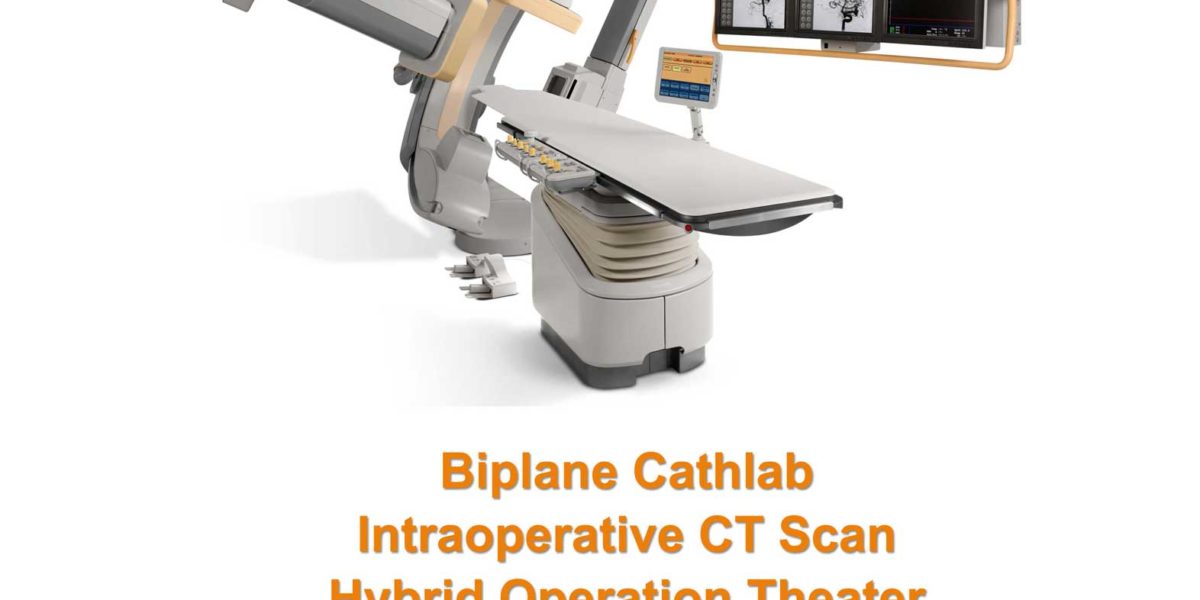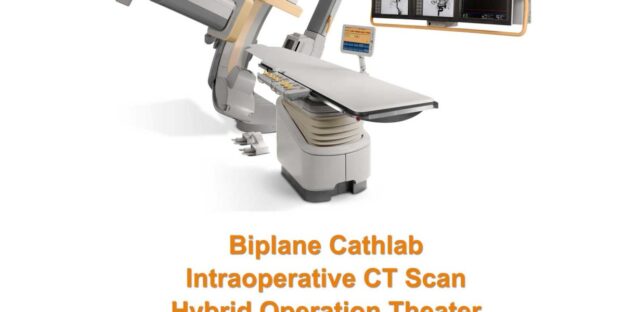Cerebral Angiography – the best at Dr Raos, Guntur
Introduction
Cerebral angiography is a diagnostic procedure used to visualize the blood vessels in the brain. It is often used to evaluate patients with stroke or transient ischemic attack (TIA). The procedure involves injecting a contrast agent into the carotid artery and then performing an X-ray study of the brain. Cerebral angiography is a minimally invasive procedure that can be performed on an outpatient basis. The risks of the procedure are low and complications are rare.
Indication
There are many indications for cerebral angiography. The most common indication is to evaluate for stenosis or occlusion of the cerebral arteries. This can be done to evaluate for stroke or transient ischemic attack (TIA). Other indications include aneurysms, arteriovenous malformations (AVMs), and dural arteriovenous fistulas (DAVFs). Cerebral angiography can also be done to evaluate for vasculitis, such as Takayasu’s arteritis. It can also be done to evaluate for congenital abnormalities, such as moyamoya disease. Finally, it can be done to help guide interventional procedures, such as coil embolization of an aneurysm or stenting of a stenotic artery.
preparation
Preparation for cerebral angiography generally begins the night before the procedure is scheduled. The patient will be asked to fast for at least six hours prior to the procedure, and to avoid drinking any caffeinated beverages. It is important that the patient arrive on time and relaxed, as the procedure can be quite stressful.
procedure
The procedure for cerebral angiography is as follows: 1. The patient is placed in a supine position on the angiography table. 2. A local anesthetic is injected into the skin over the femoral artery in the groin. 3. A catheter is inserted into the femoral artery and threaded through the aorta and into the carotid artery. 4. contrast material is injected through the catheter and X-rays are taken to visualize the arteries of the brain.
complications
There are several potential complications that can occur during or after a cerebral angiography procedure. These include: -Allergic reaction to the contrast dye used during the procedure -Brain hemorrhage -Stroke -Seizures -Infection Fortunately, most of these complications are rare. However, it is important to be aware of them and to seek immediate medical attention if any occur.
prevention of complications
There are several ways to prevent complications during cerebral angiography. First, the patient should be well hydrated before the procedure. Second, the operator should use a small-gauge catheter to minimize the risk of damage to the blood vessels. Third, care should be taken to avoid injecting contrast material into the brain tissue. Fourth, the operator should be experienced in performing the procedure and be familiar with the anatomy of the blood vessels in the brain. Finally, if any complications do occur, they should be treated immediately.
Conclusion
The conclusion of this article is that cerebral angiography is a safe and effective procedure when performed by a skilled physician. There are potential complications associated with the procedure, but these can be effectively prevented with proper planning and execution. Looking for the best neurosurgery or neurology or spine surgery or interventional neurology services look no further than Dr Raos hospital, the best neurosurgery hospital in Guntur, Andhra Pradesh and in India. Dr Rao is the best spine surgeon, best neurosurgeon and the best endovascular neurosurgeon in India.


